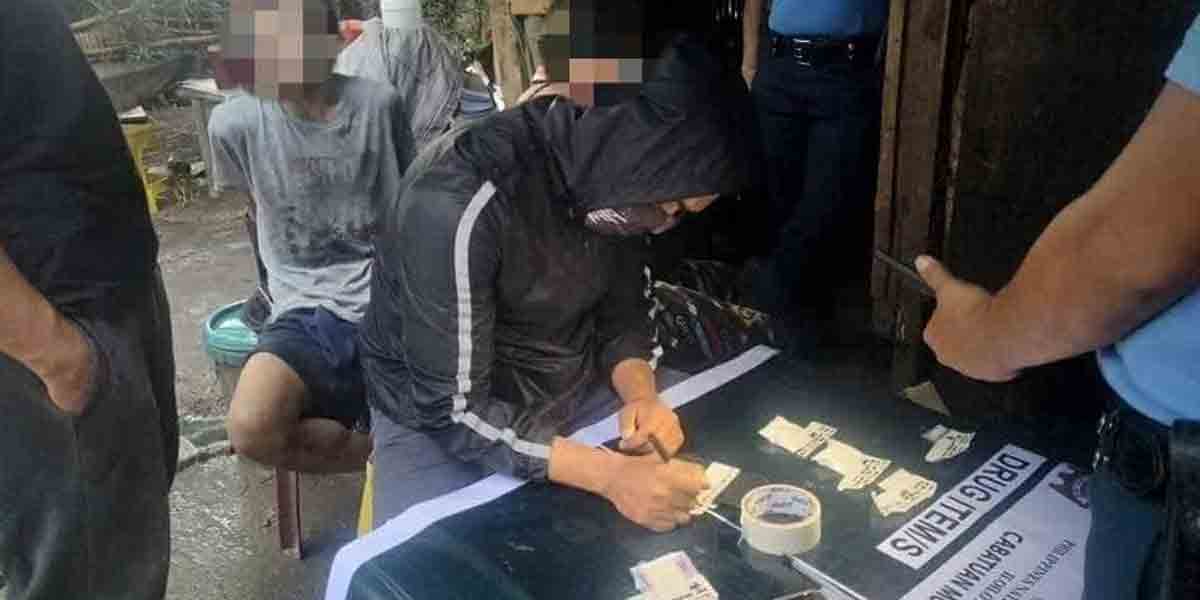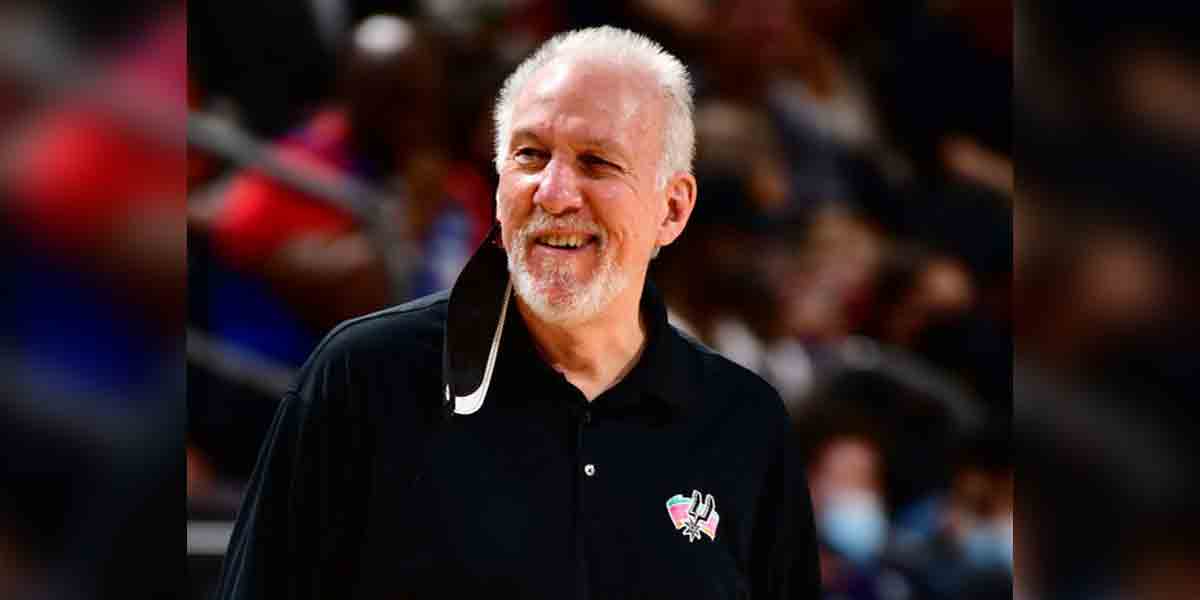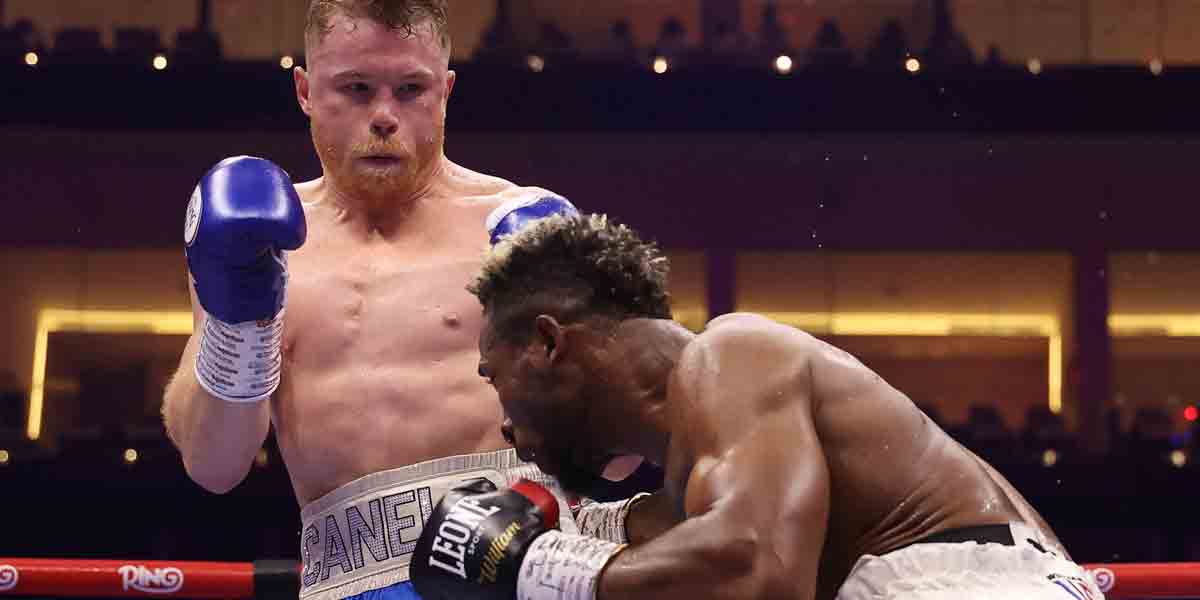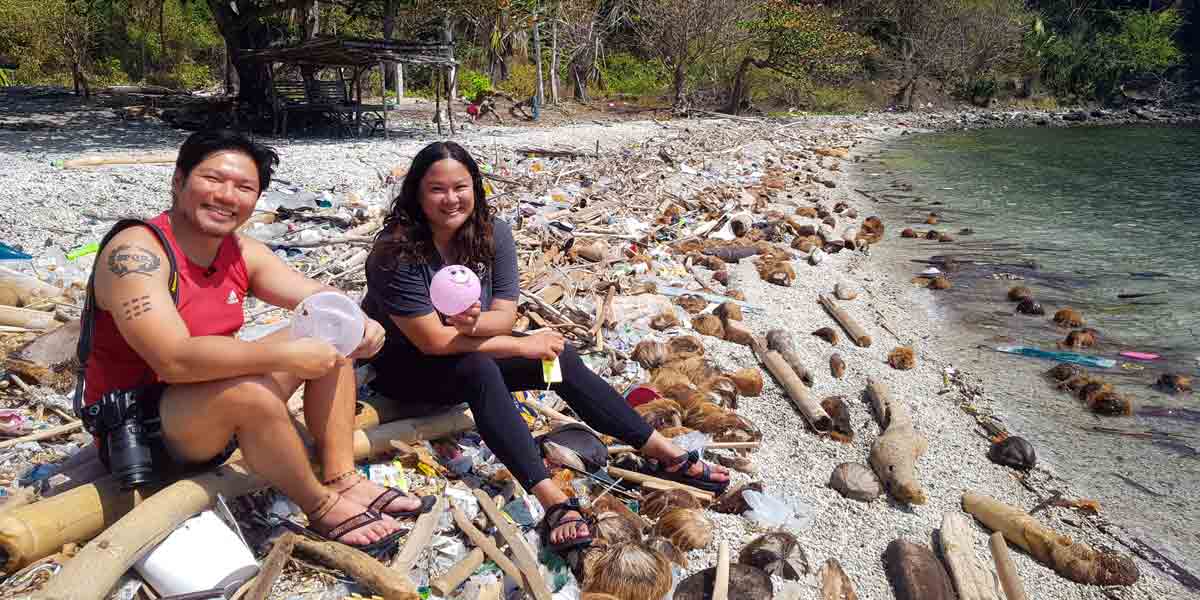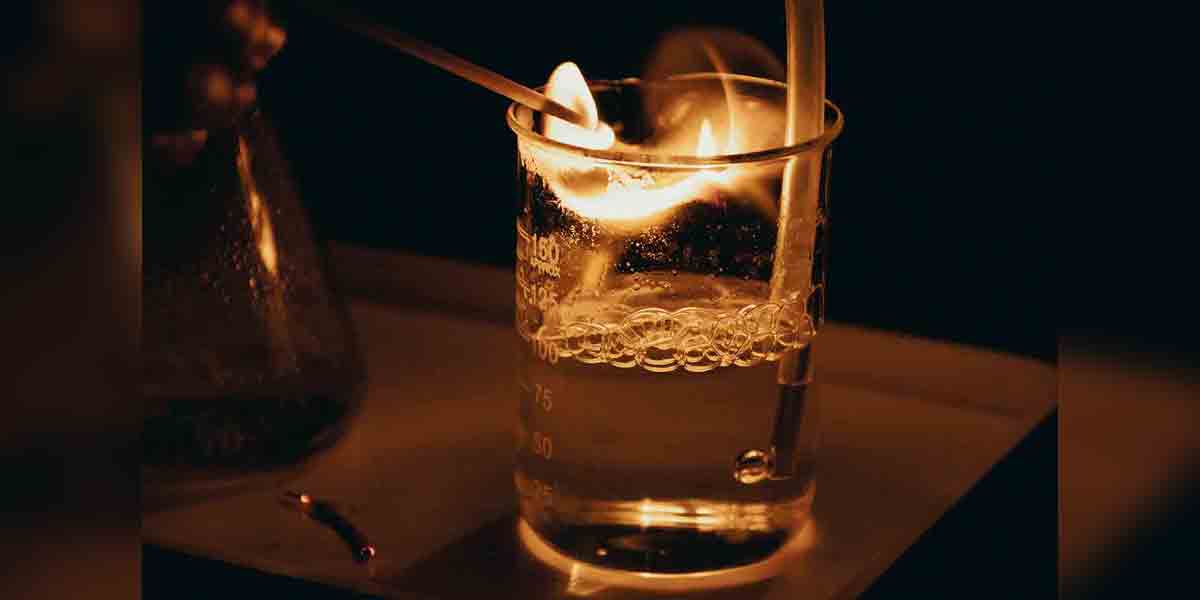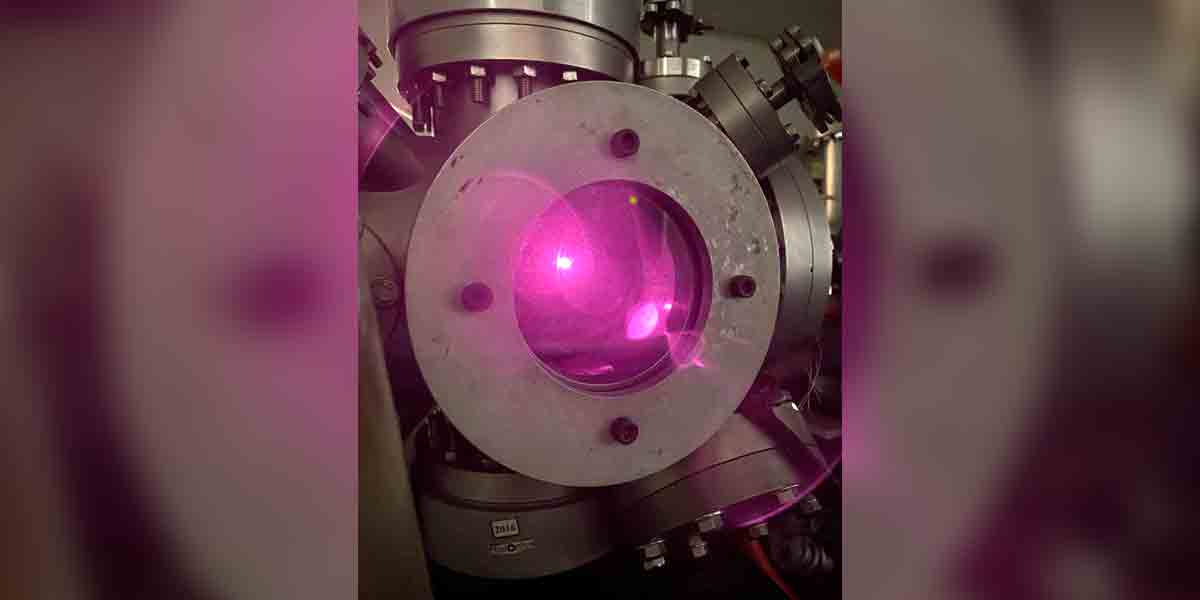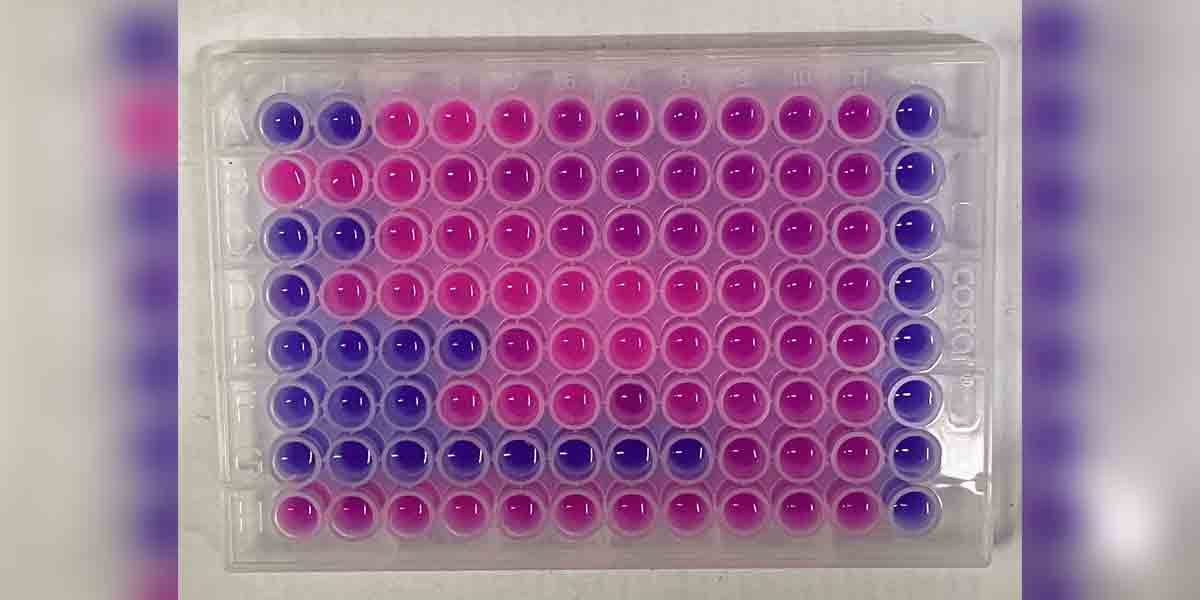By Shay Cullen
Pope Benedict XVI has gone to his eternal rest after a life of service, teaching and ruling the Catholic Church. He was pope from 19 April 2005 until his resignation on 28 February 2013. Many remember him as a much revered and greatly respected priest, bishop and Pope. He has been lauded by many on the conservative side of the Catholic church. Before becoming pope, he was known as Joseph Ratzinger of German nationality. He became a priest in 1951 and later, in 1977, was made a bishop and then Pope in 2005.
As priest, bishop and cardinal he was a renowned academic and theologian and author of 66 books, three encyclical letters on love (2005), hope (2007) and “charity in truth” (2009). He was a conservative traditional Pope and he reinstated the pre-Vatican II Latin liturgy with mass in Latin, later reversed by Pope Francis. Although a kind and thoughtful person with a wide theological reputation, he was unable to cope with the reality of the widespread child sexual abuse by priests in the church like many bishops today.
The stark reality was totally repugnant for a theologian that had taught, preached and campaigned against modern secularism and sexual promiscuity. He was against liberation theology, a movement in the church that taught Gospel values of social justice, compassion and the active defense of human rights and the formation of basic Christian communities. Cardinal Ratzinger rejected this challenging movement in the church that was led by progressive bishops and socially committed priests and lay people and was widespread in Latin America and the Philippines.
Benedict challenged all liberal movements, anti-celibacy, women priests, divorce, contraception, and rights for gay people, as manifestations of an age of sinfulness that had abandoned Christianity as if the world had opted for the rule of Satan. Benedict, the theologian, had built up a theological fortress around the reputation and the elevated status of the priesthood by calling the priest the representative of God on earth, placing him on a pedestal. The priest was, for Cardinal Joseph Ratzinger, a model of human sanctity, and bishops and the reputation of the institutional church were on an even higher pedestal. He believed, it seems, that they could do no wrong and some bishops apparently believe it, too.
The very suggestion that clerical child abuse was widespread was anathema and a priest, let alone a bishop or a cardinal, could sexually molest, rape and abuse children was unthinkable, abhorrent, inadmissible and denied for some time. The Vatican for years dismissed clerical child abuse claims as false, frame-ups or as vicious attacks on the Church in retaliation for the anti-secular critical statements and writings of Cardinal Ratzinger.
Cardinal Joseph Ratzinger was appointed by Pope St. John Paul II as prefect of the Congregation for the Doctrine of the Faith on 25 November 1981. He was then the strict enforcer of “the doctrine on the faith and morals throughout the Catholic world.” Yet there were hundreds, if not thousands, of credible reports and evidence of heinous crimes of child sexual abuse by priests piling up on his desk.
The Vatican and Cardinal Ratzinger who had branded homosexuality “an intrinsic moral evil” were now being criticized for ignoring the child victims of clerical sexual abuse. A shocked and outraged Catholic Church demanded answers as to why priests could commit heinous crimes against children and not be held to account. Why could bishops cover up the crimes and enjoy impunity from the Vatican office that was supposed to hold them to account and failed to turn them over to the civil authorities to face justice?
Cardinal Ratzinger was shocked and conflicted as his belief in a sinless priesthood was crumbling. It was as if scales were being torn from his eyes. He was reluctant to part with them and see the truth. The evidence of horrendous priestly child abuse that he was obliged to study and decide upon was a stab to the heart.
When his friend Pope St. John Paul II passed away, he was elected Pope to succeed him on 19 April 2005. After silence and faced with the growing outcry, he admitted that there were crimes by priests that had been covered up and he called it “filth” in the church. He removed 400 priests from the priesthood but many remained untouched. Bishops that covered up child abuse by their priests were not held to account other than be allowed to resign. Sadly, he was unable to establish any protocols to address the needs and healing of victims although Benedict did meet with child victims. He began an investigation into child abuse in the Irish church that resulted in the resignation of several bishops.
He did, however, redefine the church’s definition of clerical child sex abuse as a crime against the faith and against the person. Before, it was a crime against chastity, not against an individual child or adult person. Once the darling of the Vatican, Rev. Marcial Maciel, one of the church’s most notorious pedophiles, was finally forced by Benedict to retire “to a life of prayer and penitence.” He was never brought to account or charged despite dozens of victims giving testimony.
Then a financial corruption scandal was revealed in the Vatican. Millions of dollars were unaccounted for. Cardinals were involved and it was exposed in explosive news reports. Benedict’s own personal assistant, Paolo Gabriele, stole important documents from his office that recorded corrupt practices and sold them to the media. They contained revelations of alleged corruption in the Vatican Bank. He said the Pope did not know what was going on around him. Gabriele was charged and jailed in the Vatican cells. He was soon pardoned by Pope Benedict. He died of a mysterious illness in November 2020, aged 54. Perhaps, he knew too much about the real criminals.
A massive investigation followed. A huge dossier detailing corruption and hundreds more sex crimes by clergy, some in the Vatican itself, was presented to Pope Benedict. It was the last straw. He had had enough, his belief and ideal of a perfect priesthood and image of the Holy Church was shattered.
Benedict had the insight and wisdom to know that at his age of 85, he could not deal with such corruption. As an academic, he could not lead the clean up as was his duty. He announced his resignation on 11th February 2013 citing a “lack of strength of mind and body.” That generous and wise decision, the first papal resignation in 600 years, made it possible for Pope Francis to be elected and lead the People of God as the first progressive and liberal Pope in history. We can thank Pope Benedict XVI for that.
But it was not over. In January 2022, while in retirement in the Vatican, an investigative report on child sexual abuse in the Archdiocese of Munich from 1945 to 2019 commissioned by the Catholic Archbishop of Munich, was released. Retired Pope Benedict was named as having allowed four priests accused of child abuse to continue in ministry and to have misled investigators in writing. He apologized and humbly said “mistakes have been made.” His legacy as a theologian, author and a humble man of God will live on.




